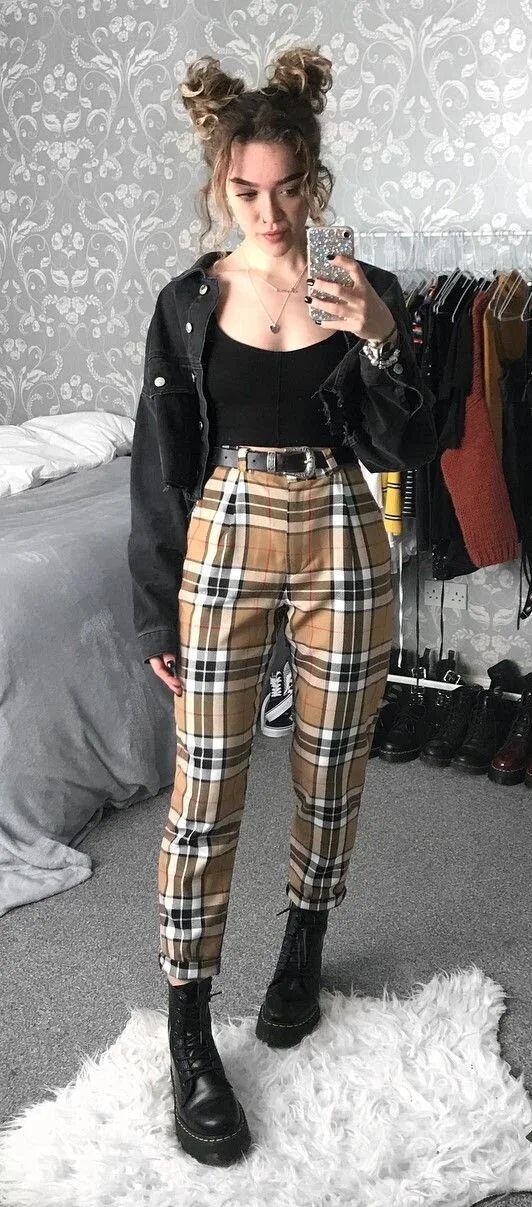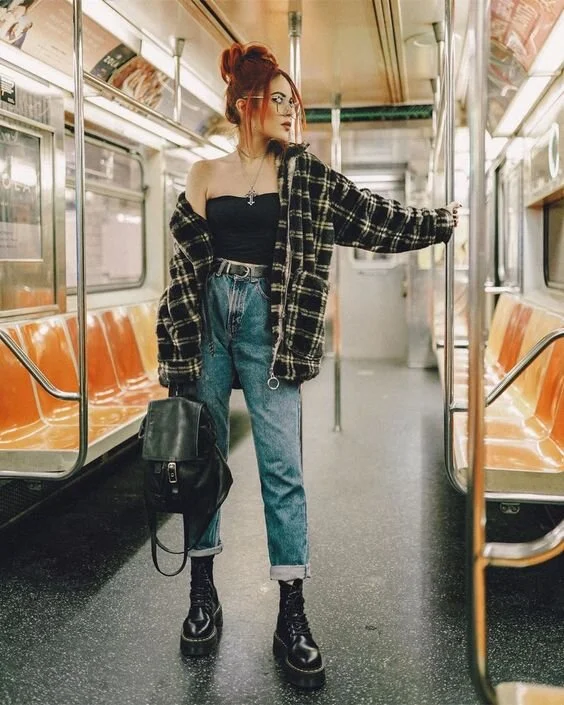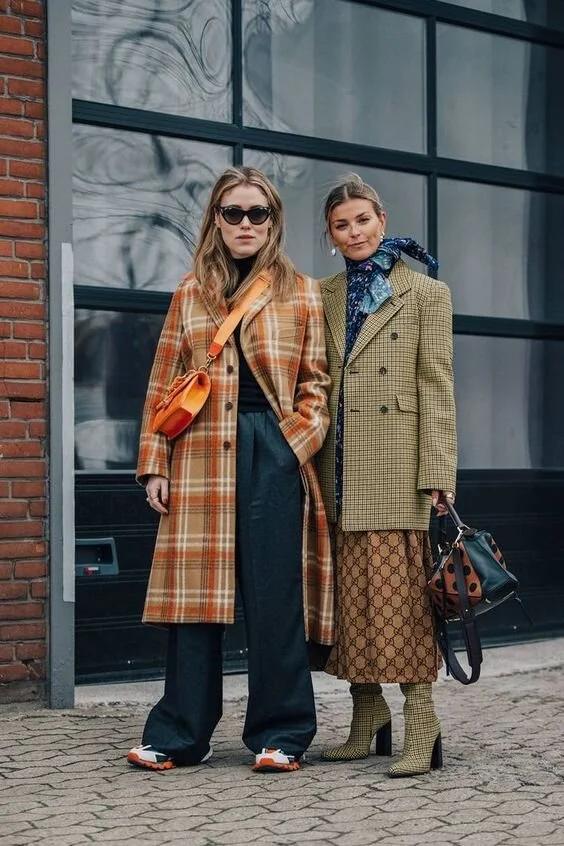PLAID
Hello dear reader! This article is part of “the Interpretation of Prints,” a series where I analyze visual qualities of fashion prints along with their historical evolution. Check out the previous article on floral.
Let’s talk about plaid, and yes, it existed before Clueless. Being one of the most enduring prints in history, the invention of plaid was outside the realm of fashion. It’s incredibly versatility, and it comes with a package deal of cultural and historical associations.
Visual History
The earliest form of tartan is arguably invented in pre-Roman times and existed throughout Europe and central Asia. There are archeological evidences from the Taklamakan dessert of China to the Celtic islands. In the sixteenth century, plaid was called tartan, the unique cloth patterns which distinguish one Scottish clan or geographical region from another. It was made with wool, and the design consists of crisscrossed, horizontal and vertical bands in multiple colors. Being a symbol of political rebellion, tartan was outlawed by the British government for a period of time in the 18th century.
Despite its political origin, plaid has found its way to every facet of life. In the 90s, grunge bands like Nirvana and Pearl Jam wore plaid shirts reminiscent of the American blue collar worker — a modern echo of its rebellious root.
Nowadays, plaid is a wardrobe staple of the grunge aesthetic. In the spirit of proper scientific research, a cursory search through Pinterest with “grunge outfits” has yielded very reassuring results. Keywords like “indie” and “alternative” can also be applied interchangeably.
I don’t even need to explain the little plaid skirts — you can buy them from literally anywhere. There is something undeniably “cute” about the checkered pattern with a hint of school girl chic. Plaid pants, which I personally love (only if in very agreeable color combinations), has also become a fashion stable for many people. Last but not least, many of us have certainly wore flannels in middle school… don’t deny it because I still have not given my two sentimental flannel shirts to Goodwill. The truth is, American brands just love coming out with flannel shirts every back-to-school season.
High Fashion
High fashion loves plaid as well. Vivienne Westwood has close ties with the 1970s punk scene. Marc Jacobs came out with a controversial 1993 collection for Perry Ellis of plaid shirts in silk. Alexander McQueen was also heavily inspired by plaid (he still calls it tartan) and created the iconic black, red, and yellow McQueen sett.
Burberry is another brand with an iconic plaid, invented in the 1920s and sewn within the lining of their popular trench coats. Once a subdued detail, the pattern has been overly popularized in recent years and is seen on the runway in bold display.
Versace has also experimented with plaid. The FW 2018 runway is famously known for flamboyant colors and collaging different plaids.
How to Wear Plaid
Plaid is usually bold and colorful, which is something I absolutely adore, but it can easily be overwhelming and difficult to style. If you are unfamiliar with plaid and want to incorporate it into your wardrobe, I would recommend patterns that are relatively muted. For example, a monochromatic outfit of checkered pants and sweater is simple and suitable for many occasions. It’s not flamboyant but certainly not basic. Similarly, plaid dresses and skirts can paired with t-shirts and almost any footwear.
Accessorizing with plaid is another great option to spice up your outfit.
If you are feeling more adventurous, try mixing patterns or experimenting with bolder color combinations — or both!
cover image via
























